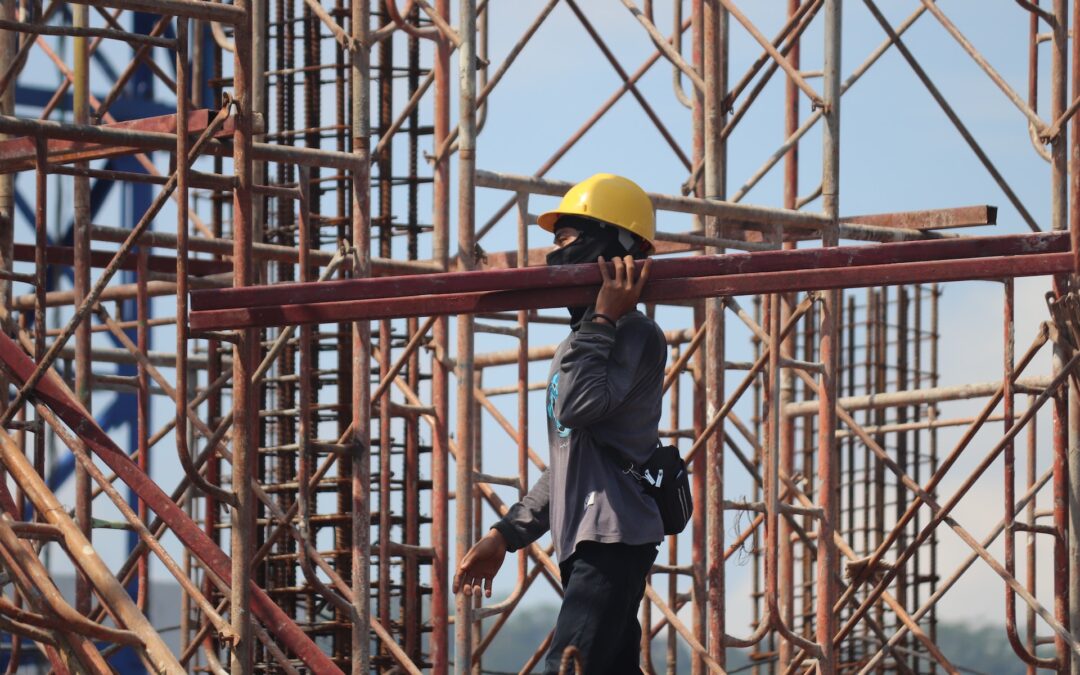In Southern California, construction costs have experienced significant fluctuations in recent years. The construction industry in the region has faced a myriad of challenges, including the impact of the pandemic, changes in demand, and supply chain disruptions. These factors have contributed to remarkable shifts in material construction costs. In this post, we’ll delve into the current landscape of construction material costs, examining both the increases and decreases in prices and the factors driving these changes.
Current Construction Material Cost Trends
According to a report from Oxford Economics, prices for key construction materials are expected to continue their downward trajectory in 2023 and 2024. However, they remain significantly higher compared to the pre-pandemic period.
A construction materials report from construction cost data tracking firm Gordian indicates that approximately 82.5% of construction materials have seen substantial cost increases since 2020. On average, these costs have surged by 19%.
At the peak of post-pandemic growth, building material prices were rising at a staggering annualized rate of 24%. The slowdown in this pace can be attributed to actions by the Federal Reserve to tighten monetary policy and a decrease in demand driven by higher interest rates.
Key Cost Increases and Decreases
Steel prices have surged by 22%, with concrete and masonry following closely at a 15% increase. Notably, the availability of concrete and masonry materials has decreased.
The cost of electrical conduit has risen by 12%, while insulation costs have increased by 11%. Brick and structural clay tile prices have expanded by nearly 9% over the past year, and the price of copper wire and cable has seen a substantial 40% increase since February 2020.
On the other hand, there have been significant decreases in costs. Notably, lumber and wood products have dropped by 14.9%, and softwood lumber has experienced a notable decline of 45.1%, although availability has increased. Steel mill products have decreased by 15.1%, and aluminum mill shapes have seen a reduction of 13.0%.
Sharp declines in energy prices have contributed to lower construction costs. Crude Petroleum prices have dropped by 12.8%, with a substantial 19.4% decrease in diesel fuel, and a whopping 55.8% reduction in natural gas costs.
A Look Ahead
Industry experts anticipate continued fluctuations in construction material costs. While most materials are not expected to return to pre-pandemic levels this year, the consensus is that they should stabilize and not experience the dramatic increases seen in recent times.
According to LinkedIn News, material costs are projected to return to the long-term average of 2.7% by 2024. However, prices are expected to be 25% to 28% higher than they would have been compared to a pre-2020 trajectory.
Several factors, including raw material prices, labor shortages, and market demand, will continue to exert modest upward pressure on costs through 2024. Advancements in technology, such as Building Information Modeling (BIM) and prefabrication techniques, are expected to improve project efficiency and reduce waste, ultimately positively impacting construction costs.
By optimizing design, materials, and construction methods, Value Engineering can also help achieve project goals within budgetary constraints.
For more information on construction in Southern California, you can visit the CREED LA website.

